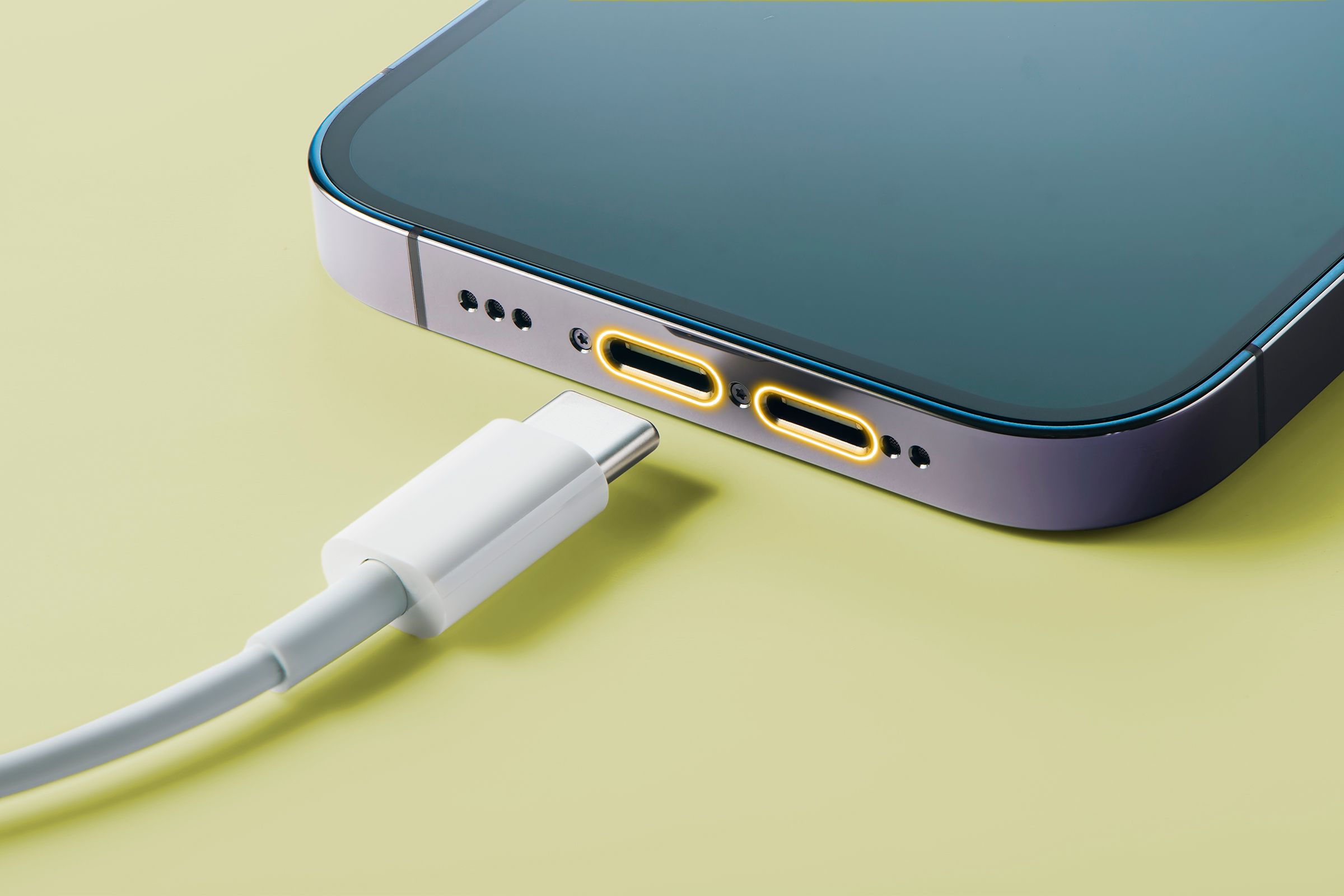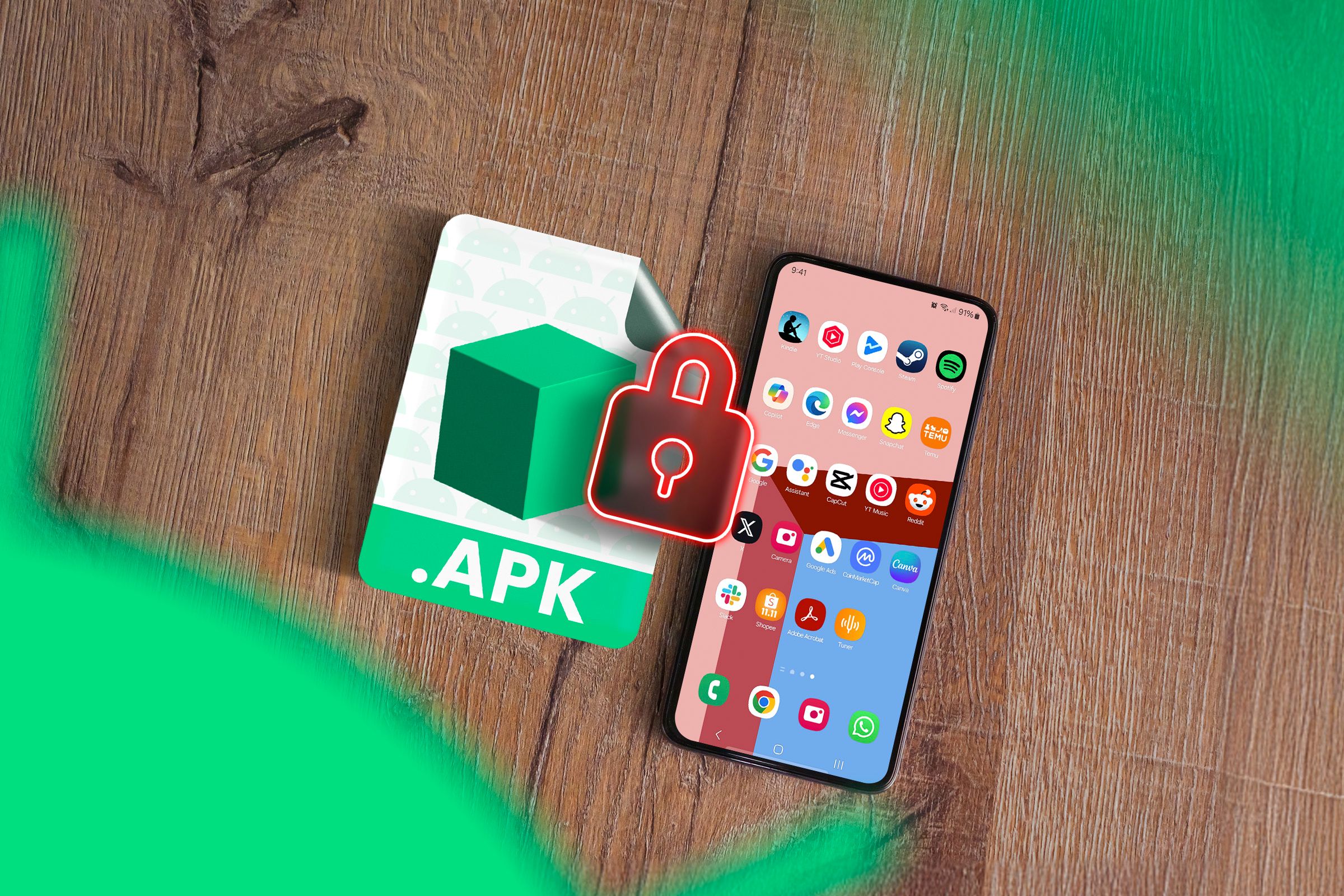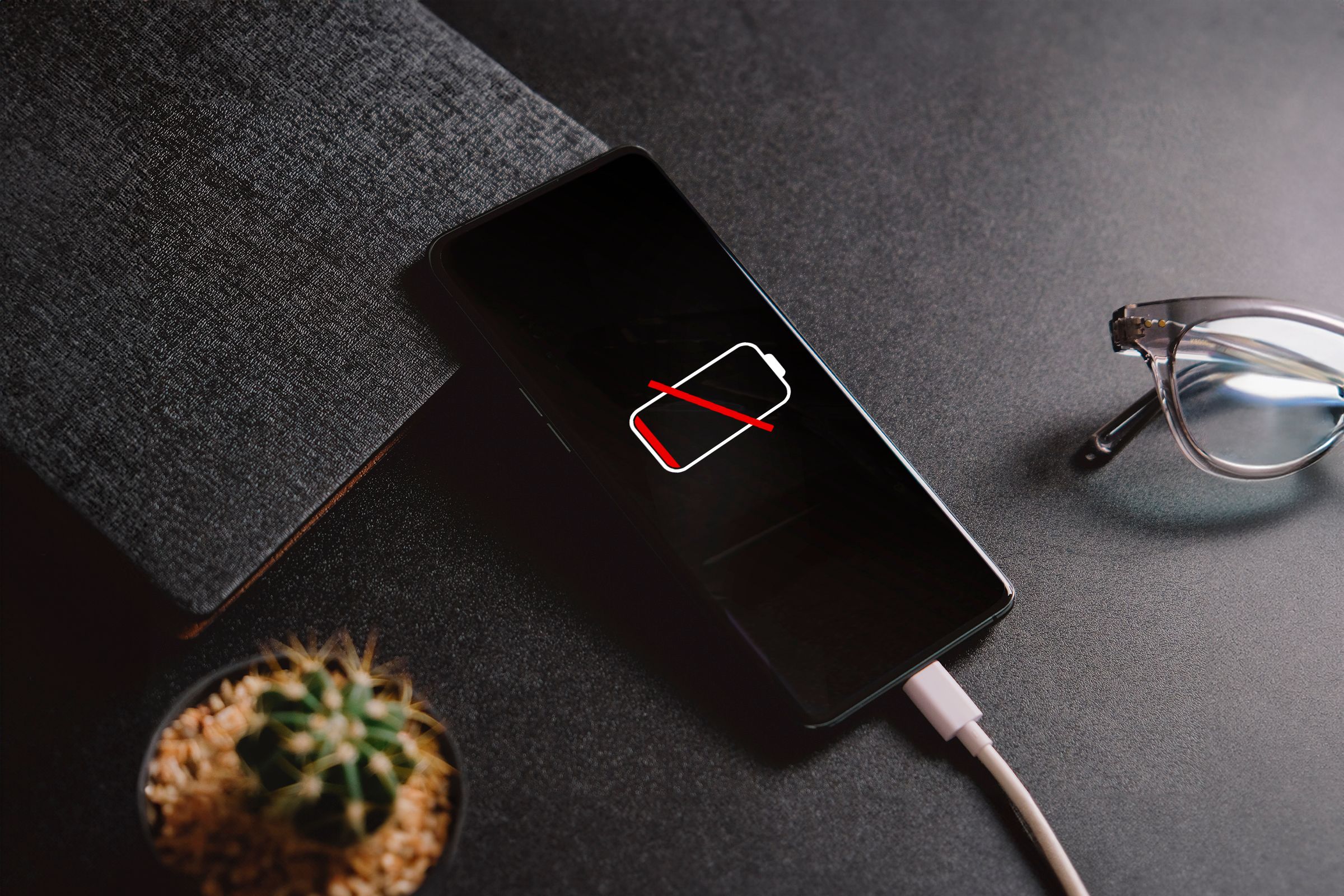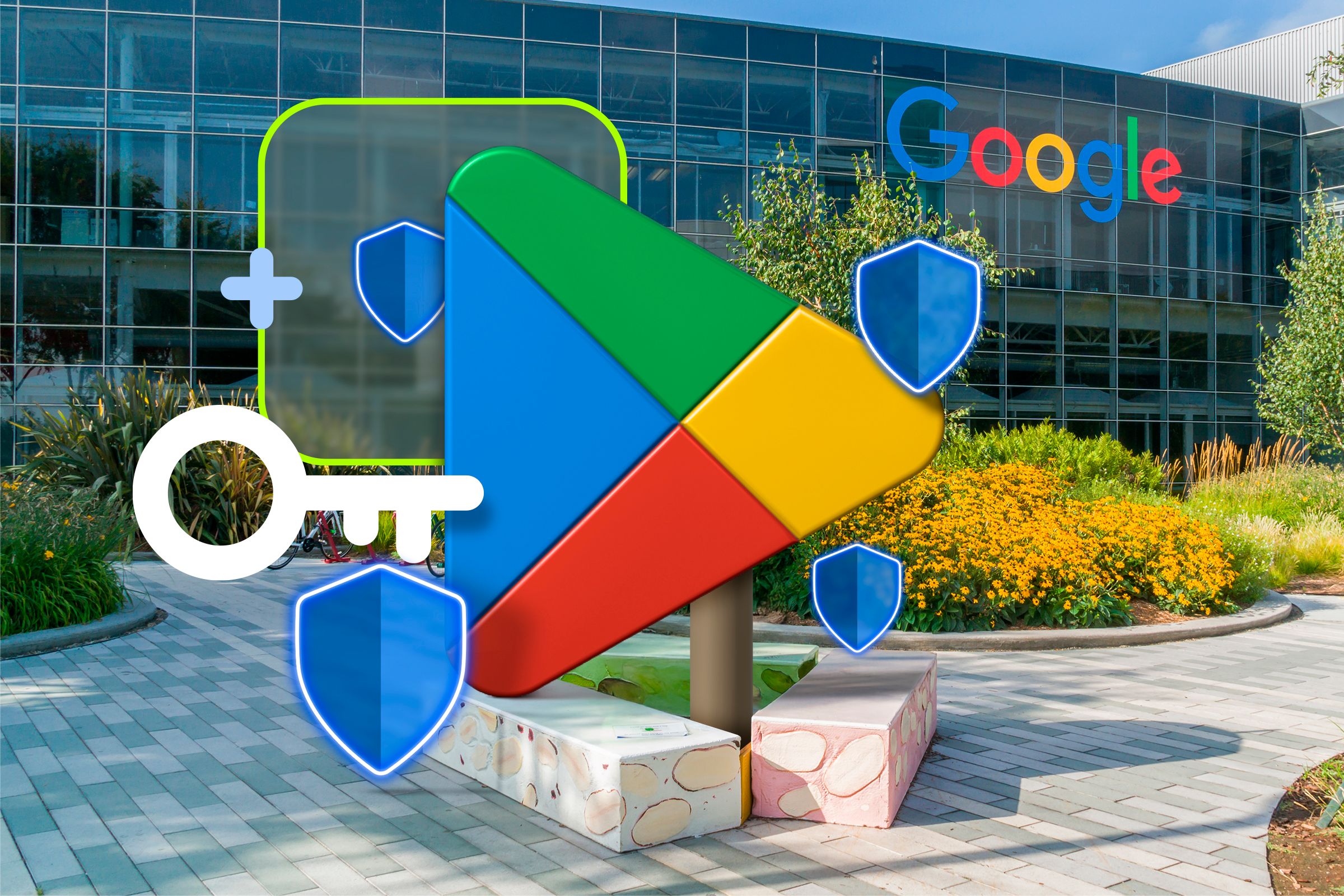How to Tell if Your Android Phone Has Malware
Android
As our lives become increasingly dependent on smartphones, security is more important than ever. Android devices are loved for their flexibility and open ecosystem, but that also makes them more prone to malware.
What is Malware?
Malware is software that was deliberately designed to damage, cause disruption, or gain unauthorized access to a device. It can be used to steal your sensitive information, track your activities, and even spam you with intrusive ads.
Malware usually comes from infected apps, malicious websites, and even email attachments.
How To Tell If Your Android Phone Has Malware?
There are common telltale signs that your phone has been infected with malicious software. Let’s talk about them.
Constant Battery Drain
If your phone’s battery life has significantly declined without any obvious reason, it could mean that your phone has been infected with some malicious software. Malicious apps often run background processes that consume excessive battery power. Even when your phone is idle, these processes might continue operating, draining your battery at an abnormal rate.
Slow Performance
An unusually slow or laggy phone can also be a sign of malware. While using old or outdated phones and having too many apps running in the background are common causes of slow performance, malware is another culprit. If your phone starts freezing, crashing, or taking forever to load apps, especially if it never used to do that, you should investigate further.
Overheating
Phones can get warm during heavy usage, but persistent overheating, especially when the phone isn’t in use, may signal malware activity. Malicious software can put a strain on your phone’s processor by running hidden processes in the background which cause the phone’s temperature to spike.
Unwanted Apps
Finding apps you didn’t install is a major red flag. Malware often sneaks onto devices through illegitimate apps or app stores. If you download an app from an unauthorized site, it can install additional unwanted software without your permission. These apps might disguise themselves as utilities but serve a malicious purpose.
Malware can also get into your phone through download sites for media and files and email attachments from spam and malicious sources.
Pop-Ups, Ads, and Redirects
If you’re bombarded with random ads, pop-ups, or browser redirects, even when not using apps, it’s a strong indicator that you have malware on your device. Adware, a specific type of malware, aims to generate revenue for its developers by displaying intrusive advertisements on your device. They can even get more malware into your phone. If you are getting these ads, do not click on them. Instead, try to get the original malware out of your phone.
Unexplained Data Usage
A spike in your mobile data usage without any change in your usage habits could be malware at work. Malicious apps might be transferring your data or downloading more malware in the background, all without your knowledge. These activities use up your data and increase your bill.
How to Remove Malware from Your Android Phone
If you suspect your Android phone is infected, don’t panic. You can take steps to remove the malware and restore your device’s security.
Turn on Safe Mode
Safe Mode temporarily disables all third-party apps on your device. When you run your Android phone in safe mode, you can troubleshoot and identify if the problem you’re facing is from the third-party apps you’ve installed.
To boot your phone in safe mode, swipe down from the top of the screen to pull up the quick settings. Press and hold the power button to get the option for Safe Mode. Check out our guide to get more in-depth steps on how to put your phone in safe mode.
Select “Safe Mode” to reboot your phone.
In Safe Mode, all third-party apps will be greyed out. Check your apps for anything unusual. If signs like unwanted ads or slow performance are absent, then some of the third-party apps you have might be malware.
Leave safe mode and go through your app list. Uninstall any app you do not recognize. You could also uninstall apps you did not get from verified sources like the Google Play Store.
Using Antivirus or Security Tools
Protecting your Android phone from malware is a lot easier with the help of reliable antivirus apps. These tools are specifically designed to detect, isolate, and remove malicious software that could harm your device or compromise your personal data. Popular antivirus options include Avast Mobile Security, Norton Mobile Security, and Bitdefender. They each offer robust features tailored to different user needs.
Make sure you download your preferred antivirus app from the Google Play Store. Ensure that it’s the official version and then launch a scan. The app will meticulously review your system for threats, providing clear instructions to remove or quarantine any malicious files it discovers.
How To Prevent Malware on Your Android Phone
Preventing malware is always better than having to deal with its consequences. A strong first step in securing your Android phone is to stick to trusted app stores, like the Google Play Store, which have strict security measures to vet apps. Sideloading APK files from random websites might seem convenient, but it opens the door to potential malware infections.
When installing apps, be cautious about the permissions you grant. If an app requests access to data or functions irrelevant to its purpose—like a flashlight app demanding your contact list—it’s a red flag. Denying unnecessary permissions helps minimize risks. Adding another layer of defense, like a trusted antivirus app, can help monitor your device for threats by scanning in real-time and alerting you to any suspicious activity.
Avoid clicking on links in unsolicited emails, texts, or pop-ups. They most often lead to malware downloads.
Malware can wreak havoc on your Android phone, draining your battery, slowing performance, and even compromising your personal data. By recognizing the symptoms, you can protect your device and enjoy a smoother, safer Android experience.


















